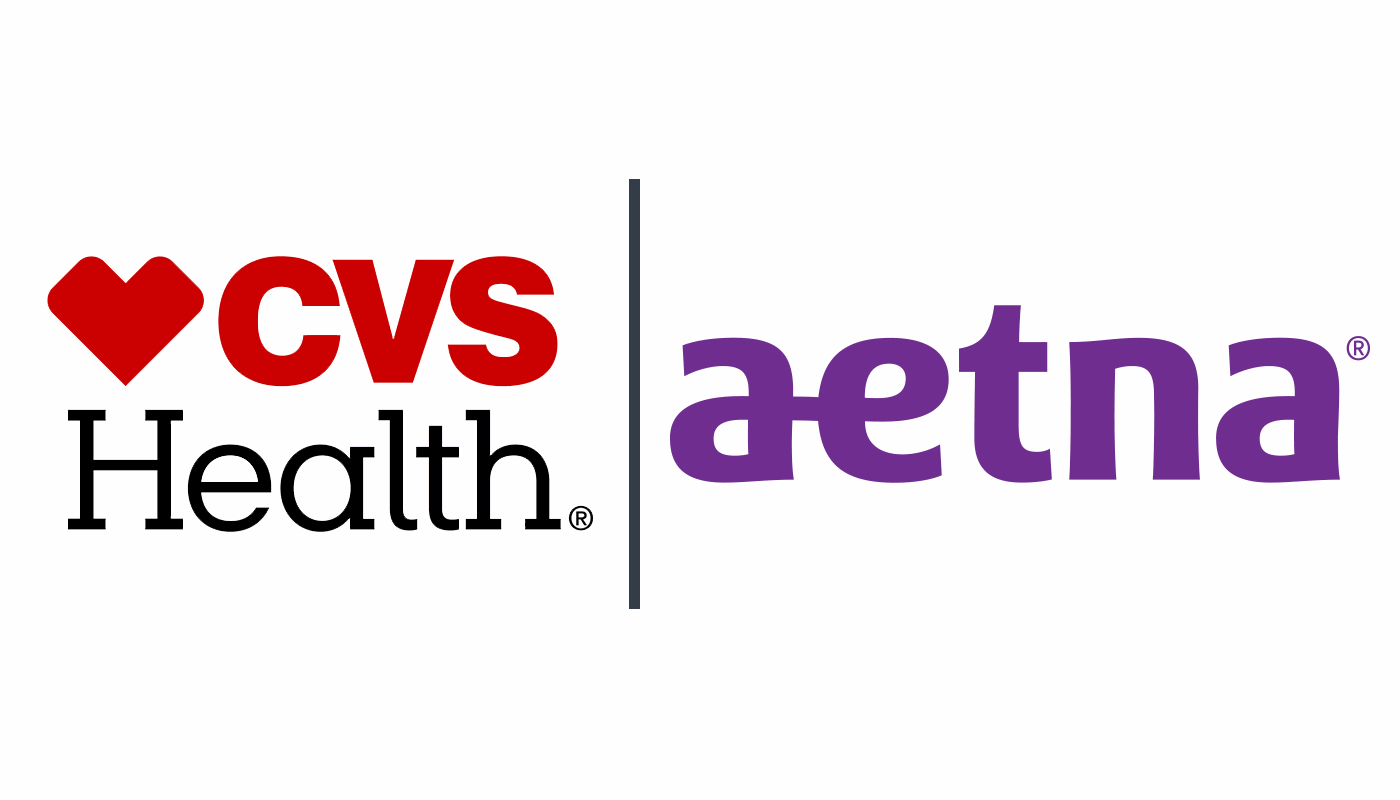
Aetna, the health, medical and benefits insurance unit of CVS Health, is back in the insurance-linked securities (ILS) market and seeking what could become its largest issuance in the long-standing Vitality Re series, as the firm’s sixteenth transaction launches with a target for $250 million of reinsurance from a deal.Aetna is one of the most consistent long-term users of the catastrophe bond structure to secure efficient reinsurance capacity from capital markets investors.The first Vitality Re health ILS, or health and medical benefits cat bond deal, was sponsored by Aetna back in 2010 and the insurer has returned every year since, with this Vitality Re XVI Ltd.deal now set to become the fifteenth in the series.
It’s notable that the Vitality Re health ILS series have never seen investors suffer any principal losses for any of the prior transactions..For 2025, Aetna has returned with an initial target to secure what could be the biggest health cat bond in the Vitality Re series, we have learned, with this new issuance seeking $250 million of collateralized reinsurance for the company.
Out of the fifteen previous Vitality Re issuances, 11 since 2024 have been $200 million in size, while the 4 prior to that were all $150 million in size.Another notable point on the sixteenth Vitality Re issuance of health insurance-linked securities (ILS) is that this will be the first to feature three tranches of notes, if all are successfully issued, with each prior deal in the series having only seen two tranches of notes placed.It’s also notable that the Class C tranche on offer with this Vitality Re XVI health ILS issuance has the highest initial expected loss of any prior tranche of notes issued under the series, as Aetna looks to bring this cat bond like reinsurance protection back a little lower down its tower in 2025.
For 2025, Aetna has set up a new Cayman Islands special purpose issuer named Vitality Re XVI Limited.The vehicle is targeting issuance of three tranches of health insurance-linked notes, that are designed to provide a targeted $250 million of collateralized health reinsurance from the capital markets for the insurer.As in every Vitality Re deal, this Vitalty Re XVI will transfer some of Aetna’s health insurance risks to capital markets investors in securitized form and on a medical benefit claim ratio basis, which is effectively an indemnity trigger based on the health and medical benefits insurers’ claims experience.
The Vitality Re series of health cat bond like deals afford an efficient way to leverage reinsurance capital within Aetna’s financial structure, enhancing its capital efficiency and protecting it against tail medical claims events, measured against any significant increase in the medical benefit ratio Aetna reports.Risk transfer is not the only benefit for Aetna, as there remains a significant focus on the capital adequacy and solvency related benefits that this form of reinsurance capital provides.The sale of the three tranches of Series 2025 notes to investors by Vitality Re XVI Limited will provide funding to be used to collateralize reinsurance agreements to the benefit of Aetna.
As with every prior Vitality Re ILS transaction, the Aetna Life Insurance Company will enter into a quota share health reinsurance agreement with Aetna’s Vermont captive Health Re Inc.The captive, Health Re, will in turn enter into an excess of loss reinsurance agreement for each of the tranches of notes issued by Vitality Re XVI Ltd., so passing the protection on.Effectively, these transactions offer a kind of annual aggregate indemnity reinsurance arrangement, but with the trigger based on an index linked to Aetna’s reported medical benefit claims ratio for the covered health insurance business.
If this medical benefit ratio claims index exceeds a predefined attachment point during the risk period, for any of the tranches of notes issued by Vitality Re XVI, it can trigger a reinsurance recovery for the sponsor.Each of the three tranches of notes to be issued by Vitality Re XVI will provide Aetna with a four year source of reinsurance protection to the end of 2028, across four annual risk periods from January 1st, with each tranche covering a different layer of its reinsurance needs.A targeted $160 million of Vitality Re XVI Series 2025 Class A notes will protect Aetna against losses above a medical benefit claims ratio of 106% ($1.06bn), giving them an initial expected loss of 0.01% and covering losses up to a medical benefit claims ratio of 122% ($1.22bn), we understand from sources.
This Class A tranche of notes would be the largest single tranche in the Vitality Re series so far and are being offered to ILS investors with coupon price guidance in a range from 2% to 2.5%, we are told.Next, a $60 million tranche of Vitality Re XVI Series 2025 Class B notes will cover Aetna against losses above a medical benefit claims ratio of 100% ($1bn), giving them an initial expected loss of 0.20% and they will cover losses to a claims ratio of 106% ($1.06bn).These Class B notes are being offered to ILS investors with price guidance in a range from 2.75% to 3.25%, we understand.
The final Class C tranche of Series 2025 notes being offered by Vitality Re XVI will cover Aetna against losses above a medical benefit claims ratio of 97% ($970m), giving them an initial expected loss of 0.96% and they will cover losses up to a claims ratio of 100% ($1bn).These Class C notes are offered to ILS investors with price guidance in a range from 3.5% to 4%, sources said.The initial price guidance for each tranche is at lower-levels than the risk interest spreads paid for the 2023 and 2024 issuances, with the indicated multiples at the mid-points of guidance being back around the levels paid by Aetna in 2022, Artemis’ data shows.
The riskier Class C tranche, being at a lower medical benefit ratio (MBR) for their trigger attaching, feature the lowest multiple ever seen in a Vitality Re health ILS issuance, given they have the highest initial expected loss we’ve seen in any ILS deal from Aetna.But, while those Class C notes would attach at an MBR of 97%, it’s worth noting that Aetna’s medical benefit ratio over the last decade, for the covered subject business, has only ever risen as high as 90.8% in 2021 (the peak year with COVID pandemic effects), while the MBR for 2024 was only running at 88.1% in 2024 up to the end of September, sources said.For 2025, while seeking its largest Vitality health insurance-linked securities deal in history, Aetna is looking to layer reinsurance protection from the capital markets within its tower, with each tranche sitting on top of the other, the Class C’s being the riskiest, followed by the B’s that would attach after the C’s exhaust, and then similarly the more remote Class A tranche attaching last and sitting highest up.
The Vitality Re XVI Series 2025 notes will sit alongside three other still in-force Vitality Re deals, , XIV, and , but the new Class C tranche will be the lowest attaching in the series that will be outstanding for 2025.If successfully issued as the largest ever Vitality Re ILS deal at $250 million, Aetna would have $850 million of catastrophe bond backed health reinsurance for 2025, from the three aforementioned deals and given its deal matures in the coming days.It’s encouraging to see Aetna looking to expand the Vitality Re program in 2025, with what could be its largest issuance to-date and the first to feature three tranches of notes.
Finally, while the riskier Class C notes feature the highest expected loss in the history of the Vitality Re series, at a 97% MBR attachment they are not the riskiest, as previously Aetna has sponsored notes with .You can read all about this health insurance ILS from Aetna in our extensive Artemis Deal Directory..All of our Artemis Live insurance-linked securities (ILS), catastrophe bonds and reinsurance can be accessed online.
Our can be subscribed to using the typical podcast services providers, including Apple, Google, Spotify and more.
Publisher: Artemis








